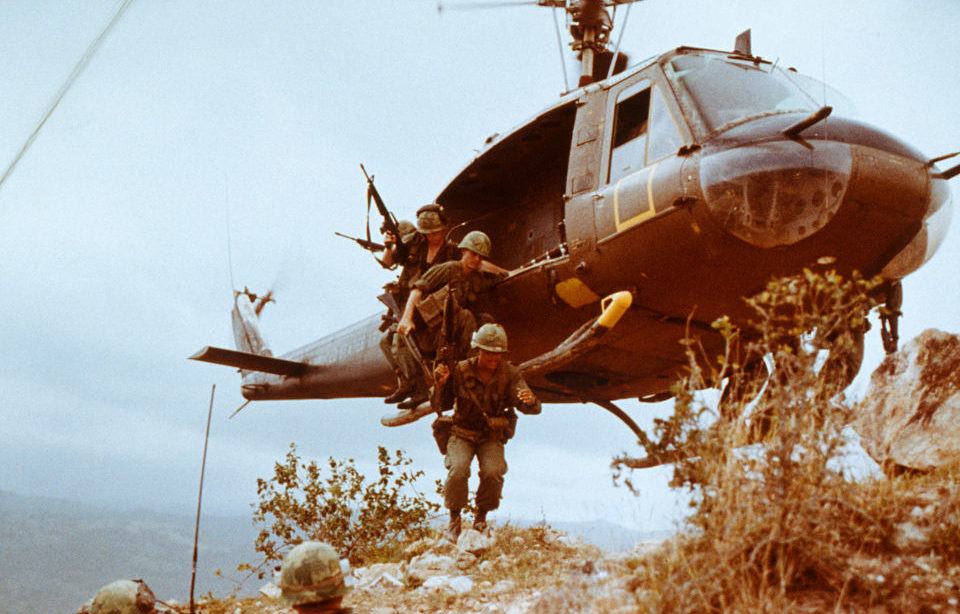The US Army was officially founded on June 14, 1775. Just a few months later, the Cavalry Scouts were created. These soldiers have played an important role in every conflict the United States has been involved in, with many calling them the eyes and ears of the Army.
Cavalry Scouts are at the forefront of conflicts
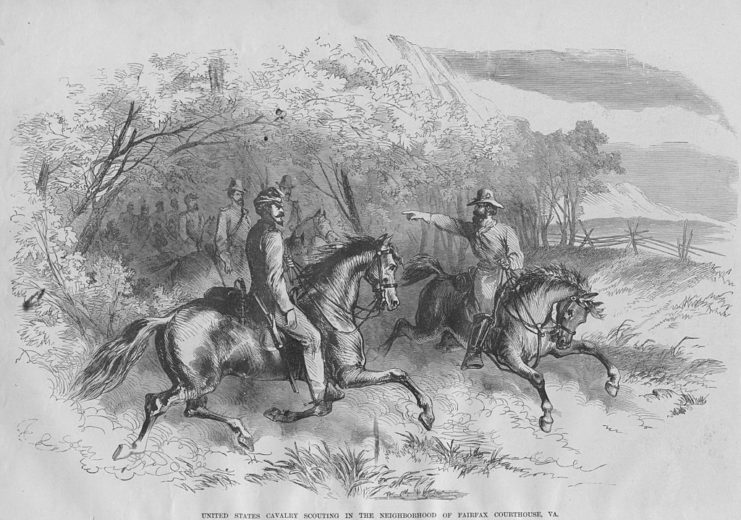
Prior to Army soldiers getting involved in a situation, Cavalry Scouts can provide incredibly important information. They’re sent ahead to survey areas where the enemy may be situated. In some instances, they may surveil locations on horseback, but they aren’t always mounted. Only those who have achieved the rank of 19D Armored Reconnaissance Specialist in the Combat Arms branch can officially call themselves a Cavalry Scout, or “Trooper,” as they’re more commonly referred to as.
Troopers take note of such things as the number of enemy troops in an area and their positions, as well as any notable environmental features. In certain circumstances, they can even provide navigational information and assist in the transportation of weaponry. Depending on what they note, they can either decide to call in reinforcements or order a retreat.
If – and when – they’re pushed into a skirmish, Cavalry Scouts can effectively hold their own, given the training they receive.
Cavalry Scouts are quite skillful
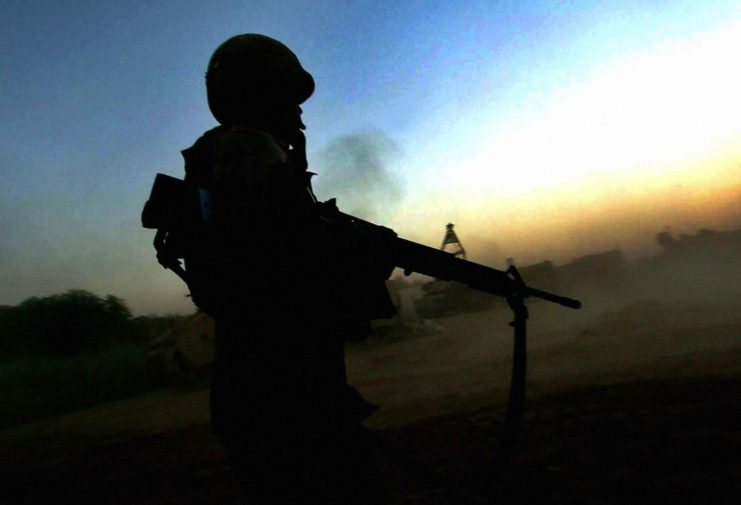
Potential Cavalry Scouts first have to meet the requirements to train for the position. To enlist in the Army, one must score at least 31 out of 99 on the Armed Services Vocational Aptitude Battery (ASVAB). However, those interested in becoming Troopers must achieve a score of at least 87.
They must also be in excellent physical condition and not have any eyesight issues. This is accessed through 22 weeks of training, which includes Basic Combat Training and Advanced Individual Training.
There are four different skill levels a Trooper can reach. They involve, but are not limited to, the honing of such abilities as:
- Engaging enemy armor with anti-armor weapons.
- Surveying enemy strength, weapons and terrain.
- Constructing light field fortifications.
- Evaluating the validity of intelligence information.
- Supervising and training troops of a lower skill level.
Cavalry Scouts also have certain honors that are specific to them. Most unique are the silver spurs they can earn if they complete a series of rigorous tests that evaluate their mental fortitude, physical endurance, their ability to operate under pressure and a number of other necessary military skills. Those awarded the silver spurs can also go on to earn brass and/or gold combat spurs, should they serve in such situations.
Notable members of the US Army’s Cavalry Scouts
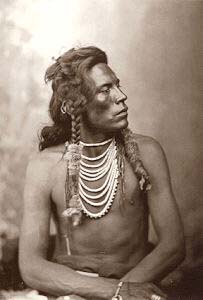
While the nature of their job can keep them somewhat anonymous, there have been a number of well-known Cavalry Scouts who have served with the US Army over the course of history:
- James “Jim” Bridger: Served as a Trooper from 1859-60. Before and after his service, Bridger was known for following the path first traveled by Lewis and Clark, opening up the country to further exploration. He was portrayed in a number of Western films.
- Ashishishe: Born into the Crow Tribe of Montana, he enlisted in the Cavalry Scouts in 1876. He was assigned to Gen. George Custer‘s 7th Cavalry Regiment, and famously survived the Battle of Little Big Horn.
- Ty Carter: Served as a Trooper during the War in Afghanistan. He was awarded the Medal of Honor for his heroism during the Battle of Kamdesh.
Native Americans have a long tradition of serving
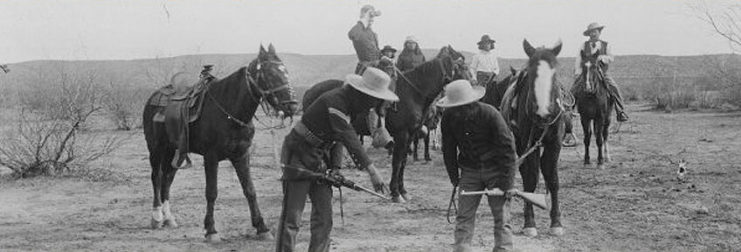
Prior to colonization, Native Americans had long surveyed the land. This made them suited to perform such duties in the Army. While they didn’t serve during the American Civil War, they were an integral part of the service in the years after, thanks to their speed and knowledge of the land.
Recruitment was authorized by an act of Congress in 1866, which read, in part, “The President is authorized to enlist and employ in the Territories and Indian country a force of Indians not to exceed one thousand to act as scouts, who shall receive the pay and allowances of cavalry soldiers, and be discharged whenever the necessity for further employment is abated, at the discretion of the department commander.”
In addition to Ashishishe, other renowned Indian Scouts served, including Blanquet, Chiquito, Kosoha and Nannasaddie, all of whom received the Medal of Honor for their service.
Technology is different today
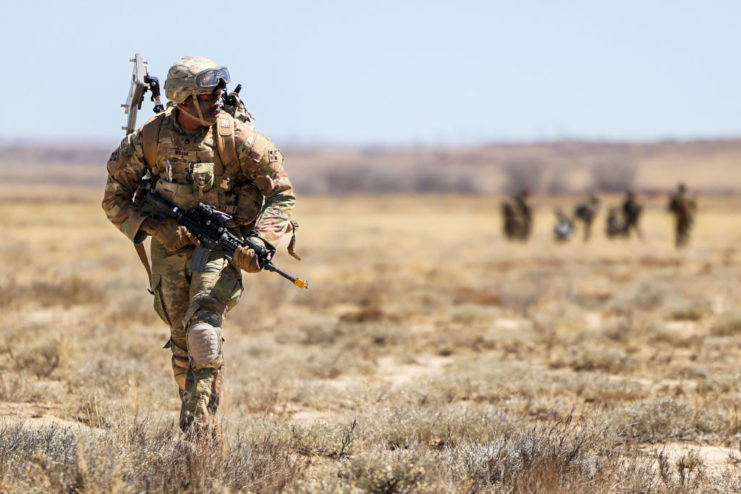
The Cavalry Scouts still exist today, just in a different capacity to how they did when they were first created. As technology has improved, they’ve moved along with it. For example, they’re the only branch of the military that use the Black Hornet Nano. This tiny drone allows soldiers to surveil enemy territory, and it can fit right in their pockets.
More from us: Flakpanzer Gepard: A Cold War-Era Anti-Aircraft Gun That Continues to See Use
Cavalry Scouts have continuously shown their value during US-involved conflicts in the Middle East, as the unique terrain requires special reconnaissance. A number of Troopers went on to receive awards for their service during the War in Afghanistan.
